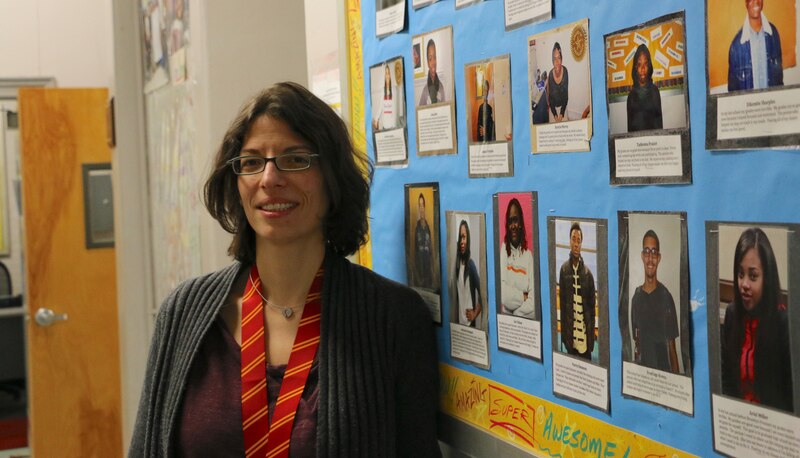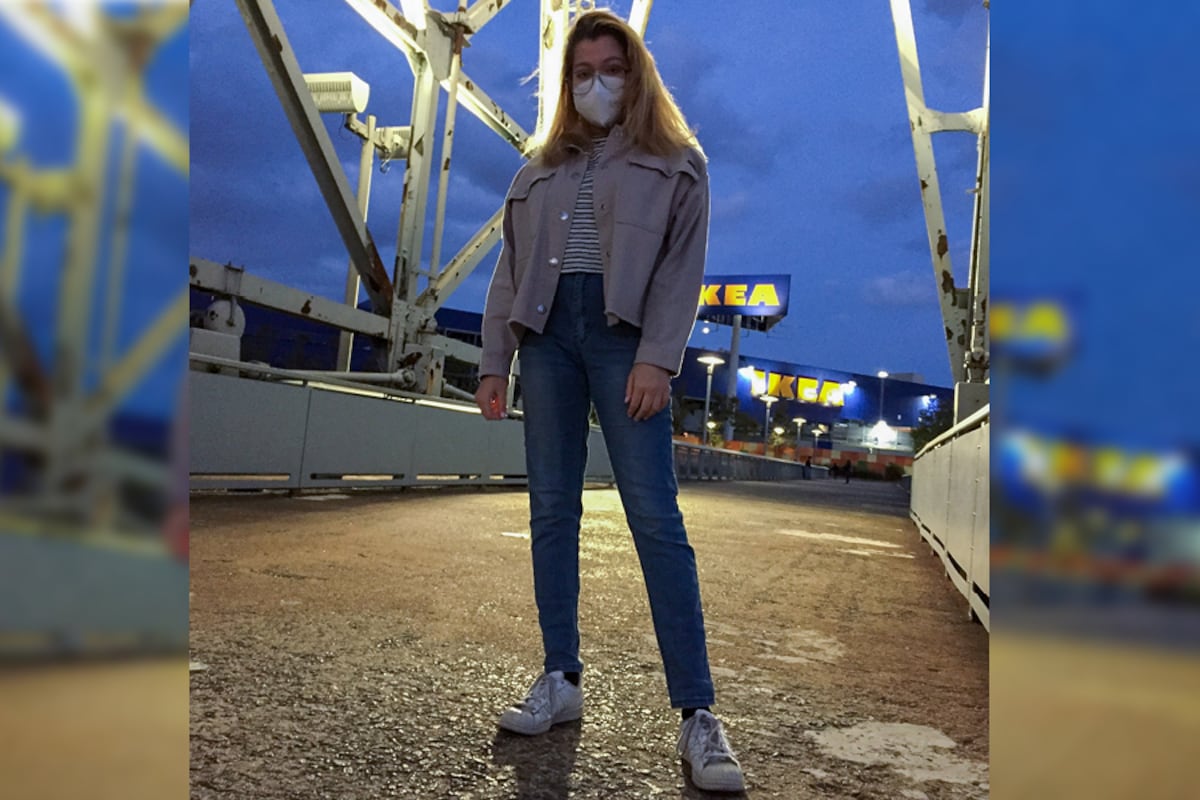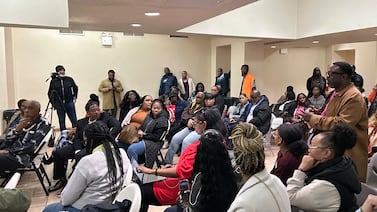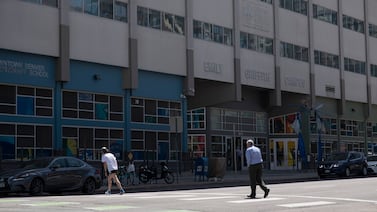Not long after the coronavirus began tearing through New York City in the spring, Karina Torres’ mother was forced to shut down the day care she runs out of their Red Hook apartment.
But when money got tight, 17-year-old Torres helped keep her mom and two sisters afloat thanks to a city-funded internship program that pays her about $200 a week.
“I did have to help my mom with the rent and food and buying things, and that really helped out,” said Torres, a student at South Brooklyn Community High School, an alternative school serving students who have struggled at traditional high schools and are at risk of dropping out.
But Torres’ internship funding could soon dry up. As the city stares down a gaping budget shortfall spurred by the pandemic, officials are considering deep cuts to programs at “transfer” high schools, which are geared toward students who aren’t on track to graduate on time, and Young Adult Borough Centers, afternoon and night programs for students who can’t attend classes during the day and may be supporting families of their own.
At risk is funding for a program called “Learning to Work,” which finances paid internships for about 3,000 students, including Torres, in addition to partnerships with community organizations that are embedded in schools. Those community organizations provide extra staff, including “advocate counselors” tasked with building relationships with students, making sure they’re coming to school every day or engaging in online learning, providing individual counseling, and even helping students plan for college or careers after high school.
Torres, for example, struggled with bullying before she moved to South Brooklyn Community High School and felt so much anxiety that she often couldn’t bring herself to show up. But her advocate counselor has met her at the school early to help ease her fears. Thanks to those check-ins, “I know I can go to that person with any troubles,” Torres said. “It’s not like they’re my teacher, and I have to tiptoe around issues.”
Last fiscal year, the city spent nearly $42 million on the Learning to Work program, including $9 million to finance the internships. Officials have expanded the program to more schools in recent years, though there have been concerns about whether the funding was spread too thin, forcing cuts elsewhere.
This year, the city is planning to slash the program’s budget by 72%, to $11.7 million, according to data provided by the city’s Independent Budget Office. The program currently serves about 17,000 students across 46 transfer schools and all 20 Young Adult Borough Centers. (The city has also cut about $9 million a year from its community schools program, a separate initiative that also infuses schools with social services and extra staff.)
An education department spokesperson, Katie O’Hanlon, said the IBO’s figures were “preliminary,” and that a final decision about any funding cuts has not yet been made.
“We are not eliminating the Learning to Work program,” O’Hanlon wrote in an email. “The funding level for this fiscal year is being evaluated in light of the pandemic-driven crisis that has caused the city to lose billions of dollars in revenue.”
Cuts to the program may be attractive because some internships, including ones at nursing homes, had to be canceled during the pandemic. In those cases, schools have come up with virtual alternatives or other projects for students to complete instead while still being able to earn hours.
But educators and staff at the community organizations said cuts to Learning to Work come at a difficult moment because many students at alternative high schools traditionally struggle to engage with school and often live in communities that have been devastated by the coronavirus. They’ve planned a series of virtual rallies in an effort to pressure city officials to avoid cuts.
“People have lost jobs — those internships are not just a pathway to postsecondary success, but also a living necessity,” said Alona Cohen, the principal at Brooklyn Frontiers High School, a transfer school.

The internships also provide an incentive for students to show up at school, since they only get paid for internship hours on the days they are present, Cohen said. Students have worked on advertising campaigns, for culinary programs, and even at a local space where students learn how to use laser cutters and other tools.
She said her school’s community organization is so woven into the fabric of the school — for example, helping to diffuse conflicts between students using restorative approaches — that losing the program would destroy the school’s model. “We would have to redesign our whole school,” she said.
Rachel Forsyth, a director at Good Shepherd Services, which partners with several alternative high school programs and receives funding through Learning to Work, said she believes the program has helped the city bring down absenteeism.
The city is “a leader in this field and to unravel that is dangerous — what you’ll see is an increase in the dropout rate,” Forsyth said. She added that the non-profit partners also help with a range of other services, such as connecting families to food resources, extra money for utilities, or even funeral costs.
“If you look at it as an equity issue, I don’t get how you make a judgement to cut from these schools,” she said.






